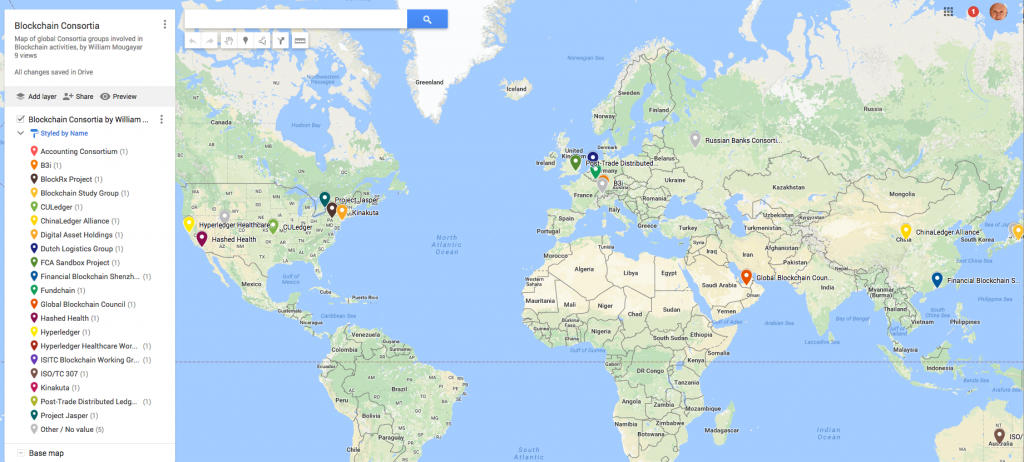 Back in 2000, B2B consortia marketplaces were all the rage. They quickly became popular in every industry segment possible. The premise was that the Web could enable a new level of collaboration among industry players to streamline business-to-business transactions, and eliminating redundant processes.
Back in 2000, B2B consortia marketplaces were all the rage. They quickly became popular in every industry segment possible. The premise was that the Web could enable a new level of collaboration among industry players to streamline business-to-business transactions, and eliminating redundant processes.
At the height of their popularity, there were close to 200 such initiatives, with hundreds of companies as their respective industry members. Following the dot-com crash, almost each one of these initiatives folded, for one reason or another, and only 2 survived. The theory of B2B marketplaces made a lot of sense. The practice and implementation were another story that was cut short, due to unrealistic assumptions, expectations, or not enough will power or budgets to see them through.
I’m giving this background as context for the flurry of blockchain-based industry consortia that are springing out today across the globe. I am both excited and cautious about this burst of activity. Excited, because these initiatives are elevating the blockchain’s agenda in the eyes of executives, industries and companies. Cautious, because I know that some of them will not succeed.
However, I am optimistic that the success rate record of the blockchain consortia will be much better than the fate of the dotcom B2B consortia initiatives.
So, I’ve compiled here a detailed list of the 25 significant consortia or group efforts that are known and are doing work to advance the state of blockchain understanding and implementation.
The scope of my work was:
- Who are the organizations that have taken a collaborative approach to blockchain implementations and learnings?
- Collect basic facts about them
- Facilitate the following of their developments and progress
- Map the activity
- Share a Google Sheet of data
Some facts about them:
- 25 global consortiums
- 13 in financial services, 2 in healthcare
- 10 in the USA, 3 in the UK
- 22 started in 2016
- 4 working on some aspect of standards
- Average # of members in each: 25
- Largest memberships: 100 (Hyperledger and ISITC)
- Total number of participants: 550
Here is a Slideshare presentation that includes all the data.
Consortiums are hard. Pulling diverse companies to work together is not easy. You need disciplined processes, persistence, patience, a tolerance for some politics and lots of maturity.
At best, they level the playing field among participants and help to move forward collectively. Therefore, consortia work doesn’t offer a competitive advantage, which is why most participants have other blockchain initiatives in parallel.
I will make the following predictions for 2017:
- The number of such initiatives will surpass 100 because many sectors and industries are still not represented.
- At least 7 of these 25 will fold, or declare an end to their efforts, not necesarily as a sign of failure, but more to signify having reached their objectives.
- At least 3 of them will fail while exhibiting visible signs of disagreements within their members
- Only 4 will be seen as very successful, 2 of which have yet to be announced
No matter what happens, the consortia activity is worth following. If I missed any groups, please email me or let me know in the comments here, or on the sheet.
Good luck to all of them for being at the forefront of this important blockchain work.

